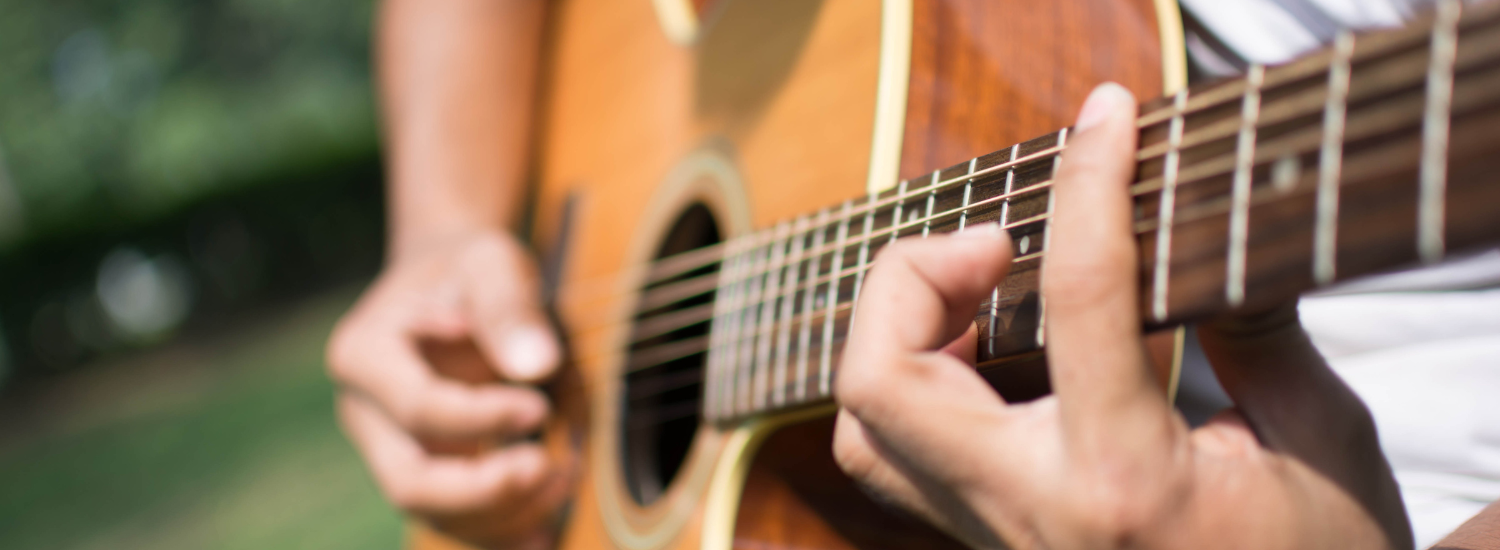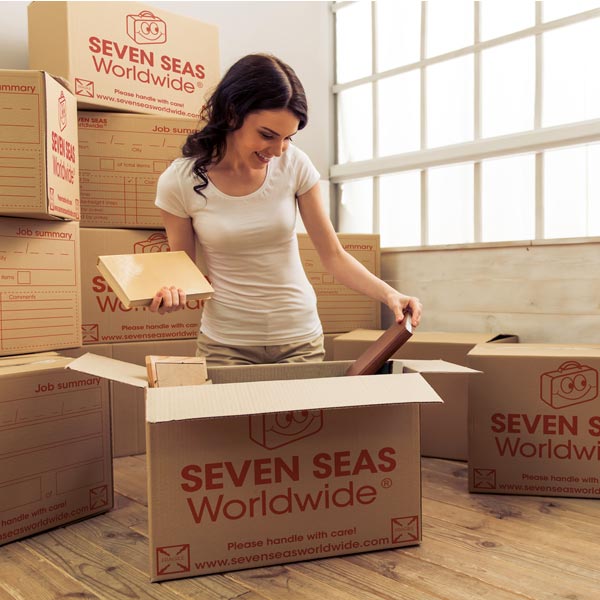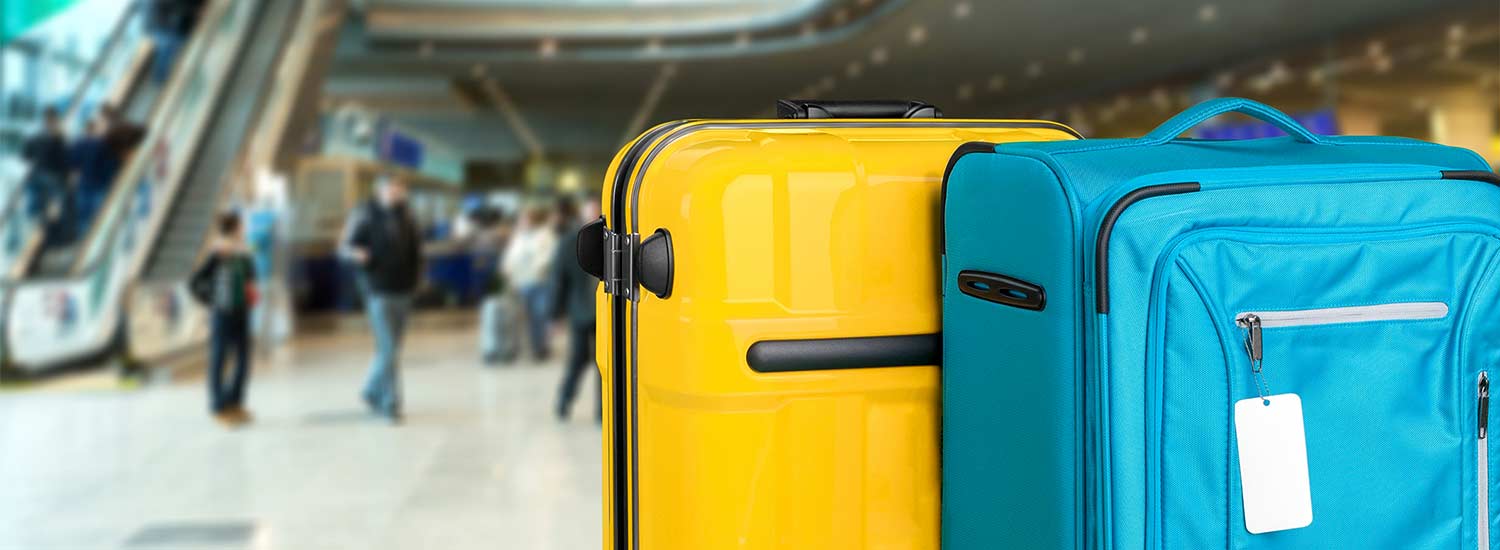Before packing, check this list of items prohibited from entering a particular country or region.
Key takeaways
- The best way to ship a guitar is in a hard case inside a well-padded cardboard box, wrapped in protective packaging with the strings loosened to reduce tension.
- The cost to ship a guitar depends on several factors, including its weight, destination, how soon you need it, and whether or not it's insured.
- To pack a guitar for shipping, clean and dry the instrument, remove any attachments, wrap it in cushioned packing materials, and place it in a hard case inside a sturdy cardboard box sealed with plenty of parcel tape.
- To ship a guitar without a case requires extra care and creativity to prevent damage and will require at least double the amount of packing materials needed when packing with a case.
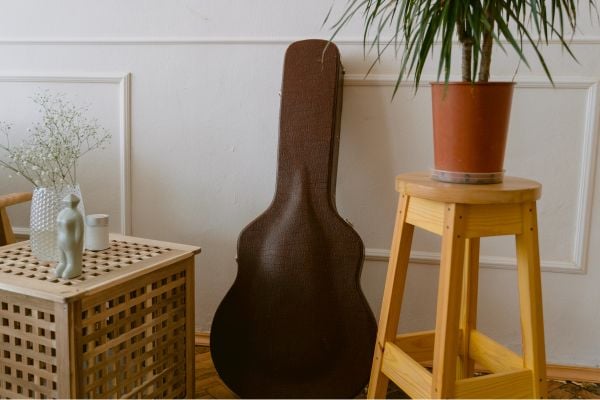
Best way to ship a guitar
The best way to ship a guitar is in a hard case inside a sturdy cardboard box. First, loosen the strings slightly to reduce tension. Then, wrap the guitar in protective packaging, such as bubble wrap or packing peanuts, to secure fragile areas like the headstock. Next, place the case inside a strong, well-padded cardboard shipping box with even more packing materials to minimise movement during transit. Finally, seal the box with heavy-duty tape and mark it as "Fragile" for careful handling.
How much does it cost to ship a guitar?*
The cost to ship a guitar depends on several factors, including its weight, destination, how soon you need it, and whether or not it's insured. Domestic shipping in the US typically costs around US$100 (£78/€93), while international shipping can cost anywhere from US$150 (£116/€139) to US$600 (£464/€555).
Carriers calculate prices based on the box's dimensions and weight. Most guitars, packed securely in a case or a sturdy box, weigh between 5kg and 10kg. Volumetric weight, calculated by multiplying the length x width x height, may also be a factor, especially for international shipments.
Express delivery will increase costs, with faster delivery options at a premium. Adding insurance is highly recommended, especially for high-value or sentimental guitars.
*prices are as of 2025

Guitar shipping box: choosing a size
Choosing the correct guitar shipping box size ensures your instrument remains secure during transit. Acoustic guitars need slightly larger boxes than electric models due to their wider bodies, while bass guitar boxes are generally taller. Custom or oversized guitars (e.g., V-shaped, extended-range, or baritone models) may require specially ordered boxes. A snug fit prevents excessive movement inside the box, reducing the risk of damage.
Here are some typical box size requirements for a range of guitar types and styles inside a hard case:
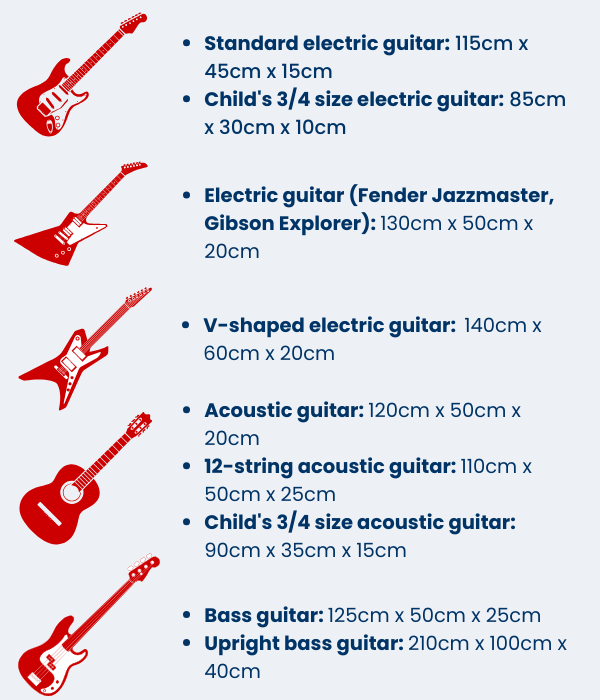
How much does it cost to ship a bass guitar?
The cost to ship a bass guitar is typically higher than an electric guitar due to its larger size and weight. Some shipping companies use volumetric pricing, meaning its longer box (roughly 130cm x 50cm x 15cm) could increase costs even if the weight difference is minimal.
Fill empty spaces within the case with packing peanuts or other cushioning materials to prevent the guitar from shifting...
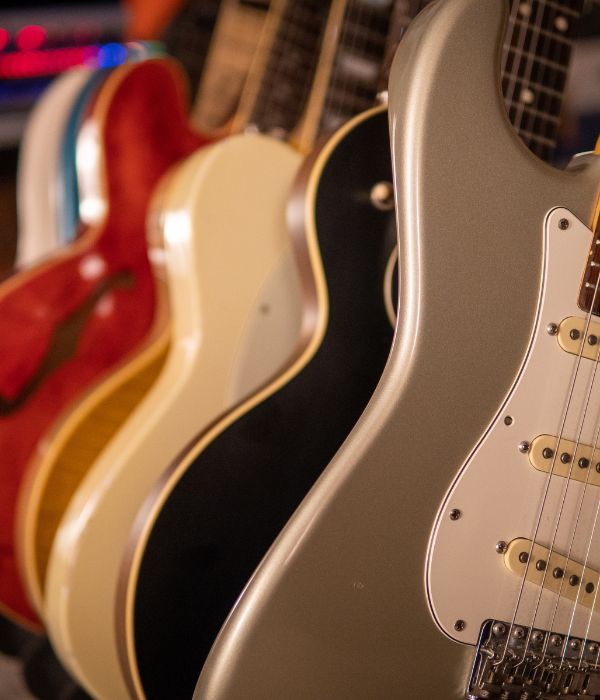
How to pack a guitar for shipping
To pack a guitar for shipping, start by thoroughly preparing the instrument. Clean the body, headstock, neck, and strings with a microfiber cloth and a guitar-safe cleaner*, then allow the guitar to fully dry. Remove any attachments, such as capos, switch knobs and whammy bars, and loosen the strings by about two octaves to relieve tension and prevent potential damage.
Next, place some cloth or packing paper between the strings and the fretboard to prevent scratches. Protect protruding or movable parts, such as the pickup switch and tone dials, with cushioned packing materials like bubble wrap. Use extra padding around the headstock to protect the delicate tuning pegs.
Once you've wrapped the guitar, place it inside a hard case* and ensure it fits snugly. Fill empty spaces within the case with packing peanuts or other cushioning materials to prevent the guitar from shifting during transit. Pay particular attention to the neck, as it's the most vulnerable part of the instrument. Once the case is securely closed, give it a gentle shake. If you hear any movement, add more packing materials until the guitar remains firmly in place.
Then, place the hard case inside a sturdy cardboard box and line the bottom with additional packing materials. Stuff any gaps with more padding, and seal the box securely with several layers of strong packing tape, paying extra attention to the base and lid.
To ease some stress, use an international shipping company with experience transporting instruments that offer comprehensive insurance options. Finally, clearly label the box with "Fragile" and "This Side Up" stickers to ensure proper handling during transit.
*Seven Seas Worldwide does not endorse these products
How to ship a guitar without a case
To ship a guitar without a case requires extra care and creativity to prevent damage. In general, use double the amount of packing materials you would need when packing with a case. Choose a robust cardboard box large enough to accommodate additional padding but not so spacious that the guitar moves around. Finally, consult with your international shipping company before dispatch, as they may provide an instrument packing service or bespoke shipping boxes.
Here are our top tips to help ship a guitar without using a case:
- Tightly screw in all knobs and nuts to avoid them coming loose during transit and damaging your guitar.
- Choose a sturdy box, ideally made from double-walled, chemically strengthened cardboard.
- Consider insurance since your guitar is at greater risk without a protective case.
- Use foam corner protectors, packing peanuts, or crumpled paper to fill any gaps and absorb shocks.
- Consider next-level packaging materials, such as memory foam*, which you can cut around to conform to your guitar's shape, foam tubing, and inflatable air cushions*.
- Vibration-damping pads* can significantly reduce the effects of movement and impact.
- Place the well-wrapped guitar inside a box, then position that box inside another larger box, with at least 3 inches of cushioning between the inner and outer boxes.
- Once you've removed the guitar's detachable parts, such as guitar straps and capos, do not ship them inside the box. Instead, ship them in a separate container to avoid damage.
- Alongside labelling your box with "Fragile" and "This Side Up" stickers, consider adding "Do Not Stack" to prevent it from being crushed underneath heavier items.
- Use several layers of overlapping, heavy-duty packing tape across all box seams, corners, the base and the lid.
*Seven Seas Worldwide does not endorse these products
Choose a robust cardboard box large enough to accommodate additional padding...







